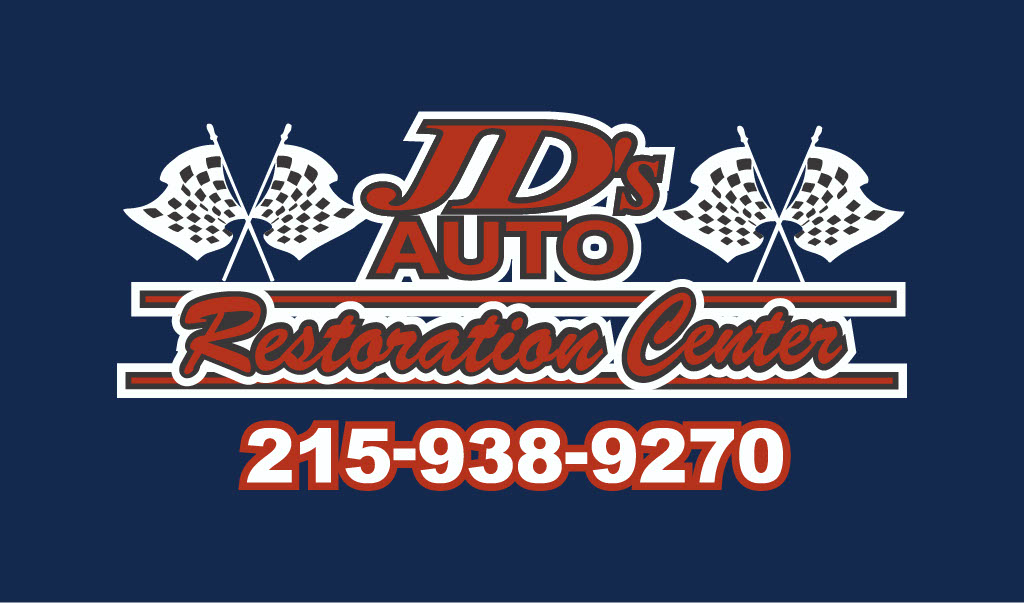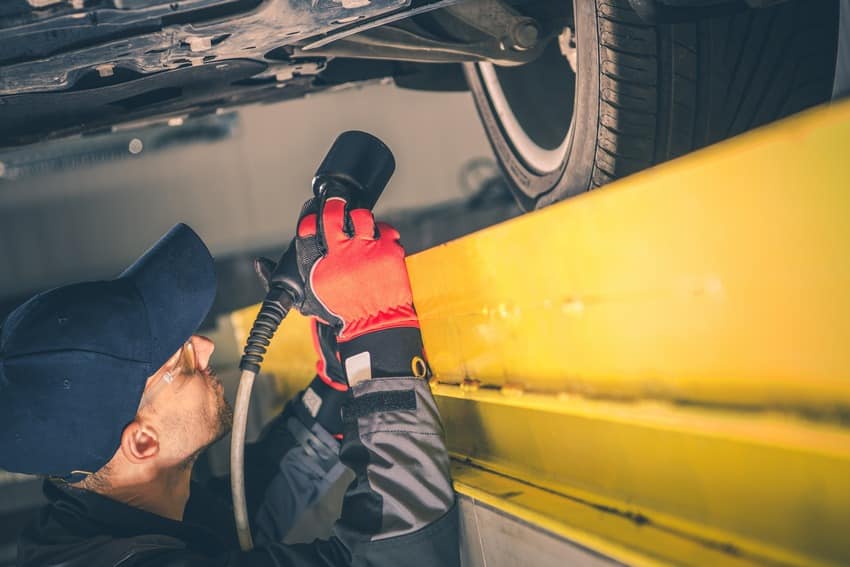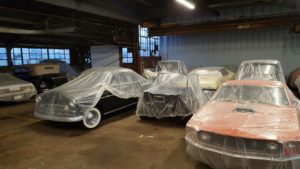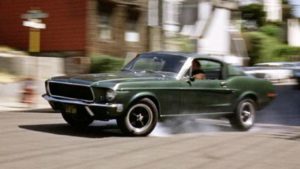Classic cars turn heads more than anything else on the road, and for this reason alone they can make you feel like king or queen of the road! However, if you’re used to modern comforts such as power steering and traction control, the driving experience of a classic car may seem challenging. One area that has come on in leaps and bounds in the car world is developments in suspension. Many classic cars still have suspension that makes every corner feel hairy and can give you motion sickness even when driving in a straight line! Here at JD’s Auto Repair, we wanted to tell you everything you need to know about how to spot problems with your classic car’s suspension, and your options for getting it fixed.
How to spot problems with your classic car’s suspension
Signs that your car’s suspension requires repair include:
- The car jolts and bounds on the road and is particularly rough to handle
- The car is difficult or impossible to steer
- The car tilts to one side when the steering wheel is in a neutral position
- You notice the car looks low when stationary.
- Driving a car when it has suspension problems is highly dangerous, so it’s recommended to call out an expert as soon as you notice any of these problems.
Options for repairing your suspension
OEM Parts:
Some car owners want their vehicle to have that authentic “straight off the assembly line” feel, so they opt for original equipment manufacturer (OEM) parts. These parts can be hard or even impossible to come by, and they’re almost always expensive — especially if the classic car you own is particularly rare. However, as they are made by the manufacturer specifically for the model you have, they will give you the closest thing you’re able to get to that true, classic care experience — something that many classic car enthusiasts value more than anything else.
Aftermarket parts:
Unlike OEM parts, aftermarket parts are built by third party suppliers to supplement the market for a cheaper option to OEM parts or the fact that many manufacturers don’t make them anymore. They are generally cheaper than OEM parts, and they can actually be an upgrade on the original as they incorporate more modern suspension technology. Classic car owners sometimes opt for aftermarket parts even if their original suspension is doing fine as it can improve the handling and increase the safety of the vehicle on the road.
How JD’s Auto Repair can help you
Whether you want OEM or aftermarket parts to replace the worn or broken shocks and springs on your classic car is really up to you. Both come with advantages and disadvantages as mentioned above. Whichever you decide to go with, we’d be more than happy to install them here at JD’s Auto Repair. If you think your classic car may have an issue with the suspension and would like to have an expert diagnose the problem, give us a call or visit our workshop for some friendly advice from real experts!




